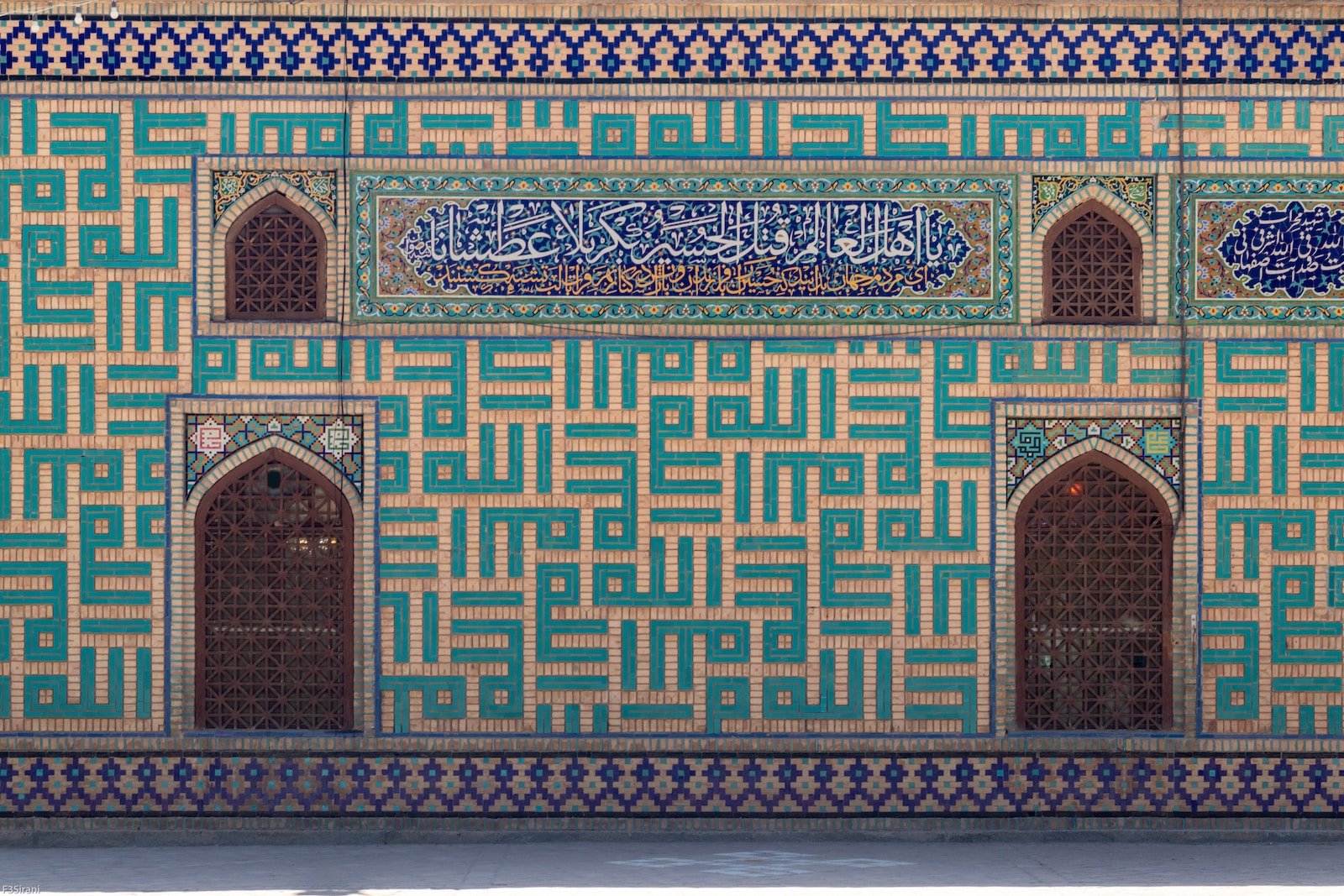Nishapur’s Ancient Legacy Unveiled
Nestled in the northeastern region of modern-day Iran, the city of Nishapur holds a rich and diverse history that dates back thousands of years. From its prehistoric beginnings to the flourishing Islamic Golden Age, Nishapur has witnessed the rise and fall of empires, the exchange of cultures, and the birth of great scholars and artists. Through archaeological excavations and historical records, we can now unveil the fascinating past of Nishapur, shedding light on its vibrant and influential role in shaping the ancient world.

A Brief Overview of Nishapur: Location and Significance
Situated on the Silk Road, Nishapur served as a crucial crossroads between Asia, Europe, and the Middle East. Its strategic location allowed it to become a major trade hub, facilitating the exchange of goods and ideas. The city’s significance extended beyond its commercial importance, as it also served as a cultural and intellectual center, attracting scholars, artists, and philosophers from near and far.
Prehistoric Nishapur: Tracing the Earliest Settlements
Through archaeological discoveries, we have uncovered evidence of human habitation in Nishapur dating back to the 8th millennium BCE. Excavations have revealed the existence of prehistoric settlements, indicating that the region was occupied long before the rise of civilization. These early inhabitants relied on agriculture and animal husbandry, leaving behind traces of their daily lives in the form of tools and pottery.
Nishapur through the Persian Empire’s Rise and Fall
During the Achaemenid Empire, Nishapur played a significant role as a provincial capital, serving as a link between the western and eastern parts of the empire. It witnessed the grandeur of Persian kings and the construction of monumental structures. However, with the fall of the Persian Empire to Alexander the Great in the 4th century BCE, Nishapur’s prominence waned, and it fell into relative obscurity.

The Parthians’ Influence on Nishapur’s Historical Landscape
Under the Parthian Empire, Nishapur experienced a revival, becoming an important city once again. The Parthians, known for their skilled archers and military prowess, left their mark on Nishapur’s historical landscape through the construction of fortifications and the promotion of trade. The city flourished as a center for commerce and culture, enjoying prosperity and stability during this period.
Nishapur in the Golden Age of Islamic Civilization
One of the most significant periods in Nishapur’s history was during the Islamic Golden Age. With the Arab conquest of Persia in the 7th century CE, Nishapur emerged as a beacon of knowledge and scholarship. It became a renowned center for Islamic arts, literature, and science. Prominent scholars and artists, such as Omar Khayyam and Farid al-Din Attar, called Nishapur home during this era, leaving a lasting impact on the city’s cultural heritage.
Flourishing Trade and Artistry in Nishapur’s Medieval Era
During the medieval era, Nishapur experienced a period of immense prosperity. Its strategic location on the Silk Road made it a vital trading center, attracting merchants from far and wide. The city became renowned for its exquisite ceramics, especially its turquoise-glazed pottery known as “Nishapur ware.” The intricate craftsmanship and unique designs of these ceramics gained international recognition, with Nishapur becoming a hub for artistic production.
Turbulent Times: Nishapur’s Struggles and Conquests
Throughout its history, Nishapur faced numerous challenges and conquests. The city witnessed invasions from the Mongols, Timurids, and other Central Asian tribes, leading to the destruction of many of its architectural treasures and the loss of countless lives. Despite these turbulent times, Nishapur managed to endure and rebuild itself, showcasing the resilience of its people and their determination to preserve their heritage.
Architectural Marvels of Nishapur: Palaces and Mosques
One of the most striking aspects of Nishapur’s history is its architectural marvels. The city was adorned with magnificent palaces, such as the Khosrow Palace, known for its opulent design and exquisite mosaics. Additionally, Nishapur boasted numerous grand mosques, including the Jameh Mosque, which showcased the evolution of Islamic architecture through its different periods. These architectural treasures stand as a testament to the city’s glorious past.
Nishapur’s Distinguished Scholars and Intellectual Legacy
Nishapur’s intellectual legacy is immeasurable, having produced some of the greatest scholars, philosophers, and poets in history. Figures such as Ibn Sina (Avicenna), Al-Farabi, and Ibn al-Haytham hailed from Nishapur, making significant contributions to fields such as medicine, philosophy, and optics. Their works continue to inspire and shape our understanding of the world today.
Rediscovering Nishapur: Archaeological Excavations
In recent years, archaeological excavations in Nishapur have shed new light on its ancient past. These excavations have unearthed valuable artifacts, providing insights into the city’s daily life, trade networks, and cultural exchanges. The discoveries have helped historians and archaeologists piece together the puzzle of Nishapur’s history, unraveling its complex tapestry and allowing us to better understand the legacies of its various civilizations.
Preserving Nishapur’s Heritage for Future Generations
As custodians of Nishapur’s rich heritage, it is our responsibility to preserve and protect it for future generations. Efforts are being made to restore and conserve the city’s architectural treasures, while museums and cultural centers showcase the city’s history and contributions to the world. By nurturing an appreciation for Nishapur’s past, we ensure that its legacy continues to inspire and educate generations to come.
Nishapur’s ancient past is a testament to the resilience and creativity of its people. From its prehistoric origins to its golden age of Islamic civilization, the city has experienced triumphs and tribulations, leaving behind a rich tapestry of history. Through archaeological excavations and ongoing research, we continue to unveil the layers of Nishapur’s past, piecing together the stories of its people and their contributions to the world. By understanding and preserving this ancient legacy, we honor the enduring spirit of Nishapur and ensure that its history remains alive for generations to come.


